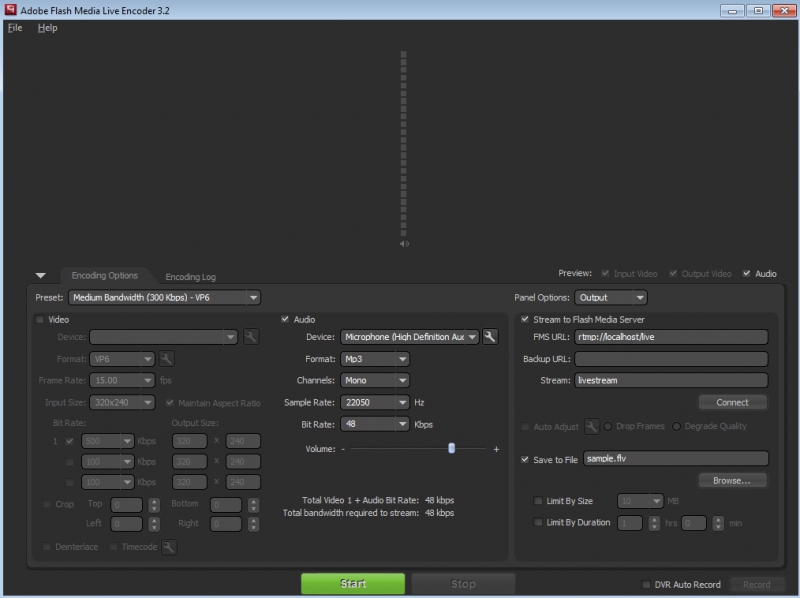

You use the FLV QuickTime Export plug-in to export FLV files from supported video editing applications, such as Avid Xpress DV, Adobe After Effects 6.5, and Apple Final Cut Pro. The stand-alone Flash 8 Video Encoder includes the On2 VP6 codec, which produces high-quality FLV files.Īs with Flash MX Professional 2004, you can install the FLV QuickTime Export plug-in to encode FLV files if you have Flash Professional 8 and QuickTime 6.1.1 installed on your computer. Note: You can use cue points in conjunction with the new FLVPlayback component or a video object on the Stage.įigure 11. For example, you can listen for these events and write code to create a presentation that interacts with or synchronizes to the video, such as captions or animations. Cue points dispatch events when the FLV file plays at runtime, which enables you to call functions within the presentation. Flash 8 Video Encoder also enables you to edit video files, such as embed cue points, crop the video’s frame size, and specify the video’s dimensions. To improve the workflow for creating FLV files, Flash Professional 8 includes a new, stand-alone video encoder that enables you to batch-process video encoding, enabling you to encode several video files using the same settings (see Figure 11).

You can create applications that play back embedded video or ones that progressively download FLV files at runtime.

You can import video stored locally on your computer or video already deployed to a web server or Flash Media Server. The Video Import wizard has been improved in Flash 8 to help you deploy video content for embedded, progressively downloaded, and streaming video delivery. Only Flash Player 8 supports publish and playback of On2 VP6 video. *If your SWF file loads an FLV file, you can use the On2 VP6 video codec without having to republish your SWF file for Flash Player 8, as long as users use Flash Player 8 to view your SWF file. FLV Support and Flash Player Codecįlash Player Version (Required for Playback) Refer to the following tables to pick dimensions for your layout.Table 1. For example, if you encode your FLV file to use a frame dimension of 320 x 240, you should scale to a size such as 512 x 384. Note: Both the native encoding dimensions and the playback dimensions should be a multiple of 16. We would recommend that you refrain from using 4 or 8 multiples unless it is absolutely necessary. For the best image quality and playback, you should always use width and height dimensions that use a multiple of 16 (best), 8 (better), or 4 (good). While you can use any width and height in your encoding settings, non-optimal dimensions can result in poor image quality and reduced frame rate. Video codecs perform best when the frame width and height use multiples of 16.


 0 kommentar(er)
0 kommentar(er)
